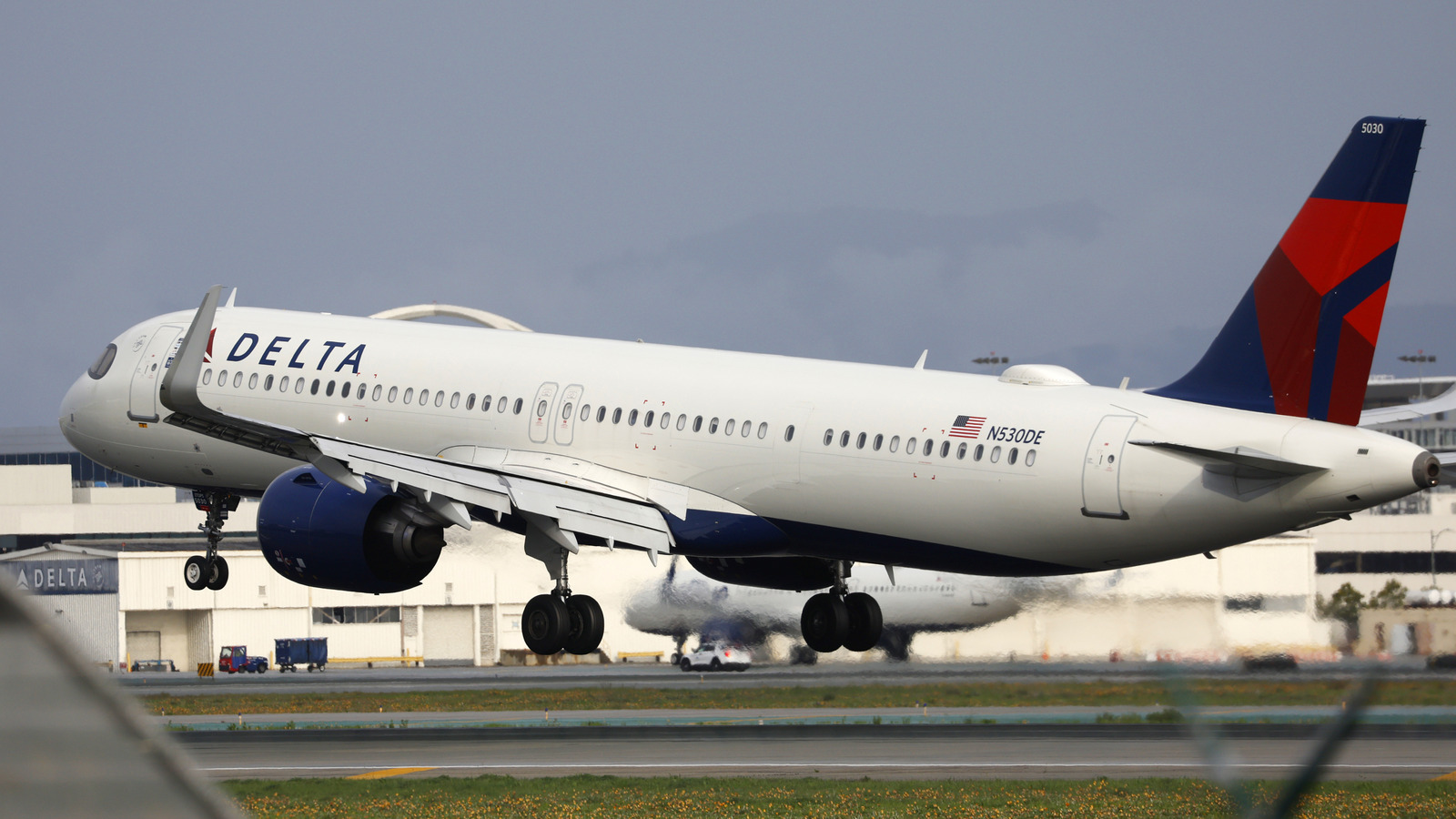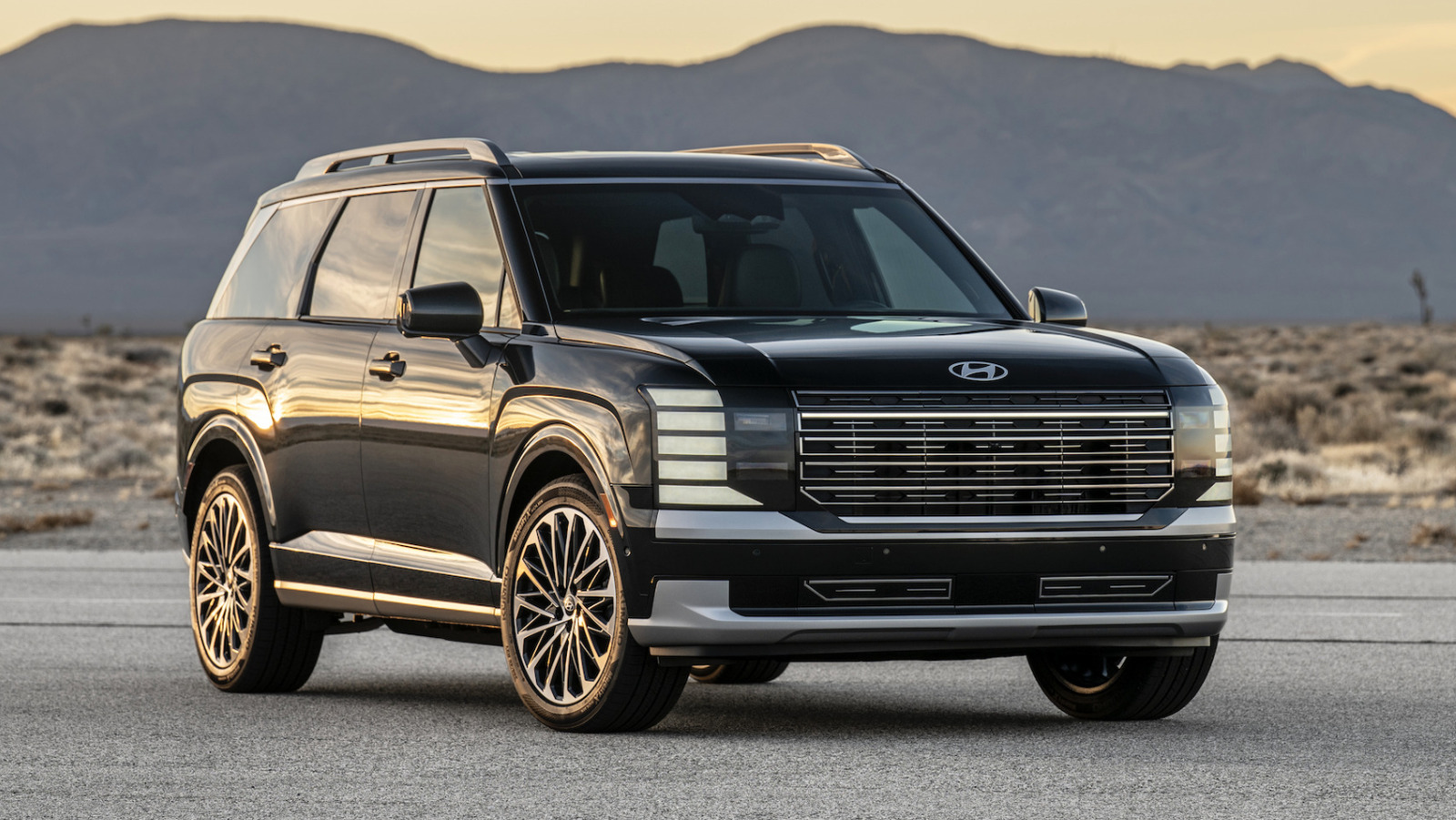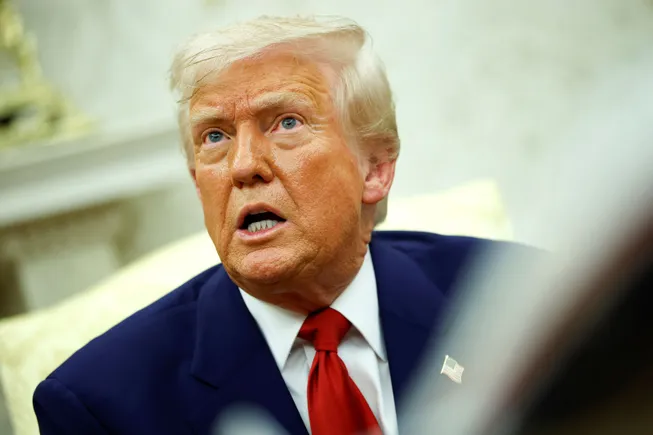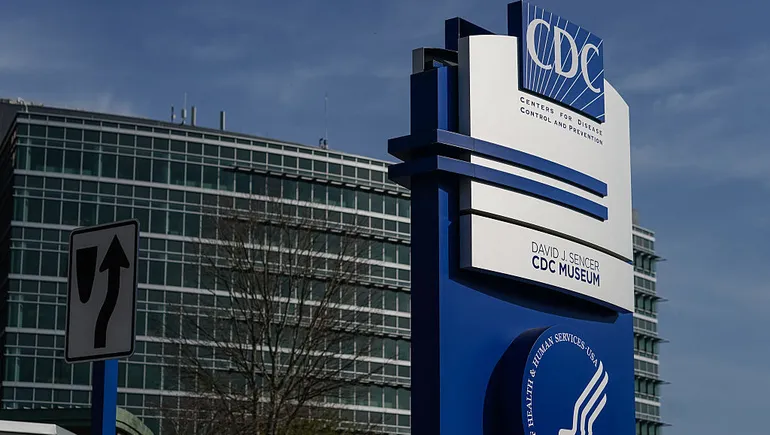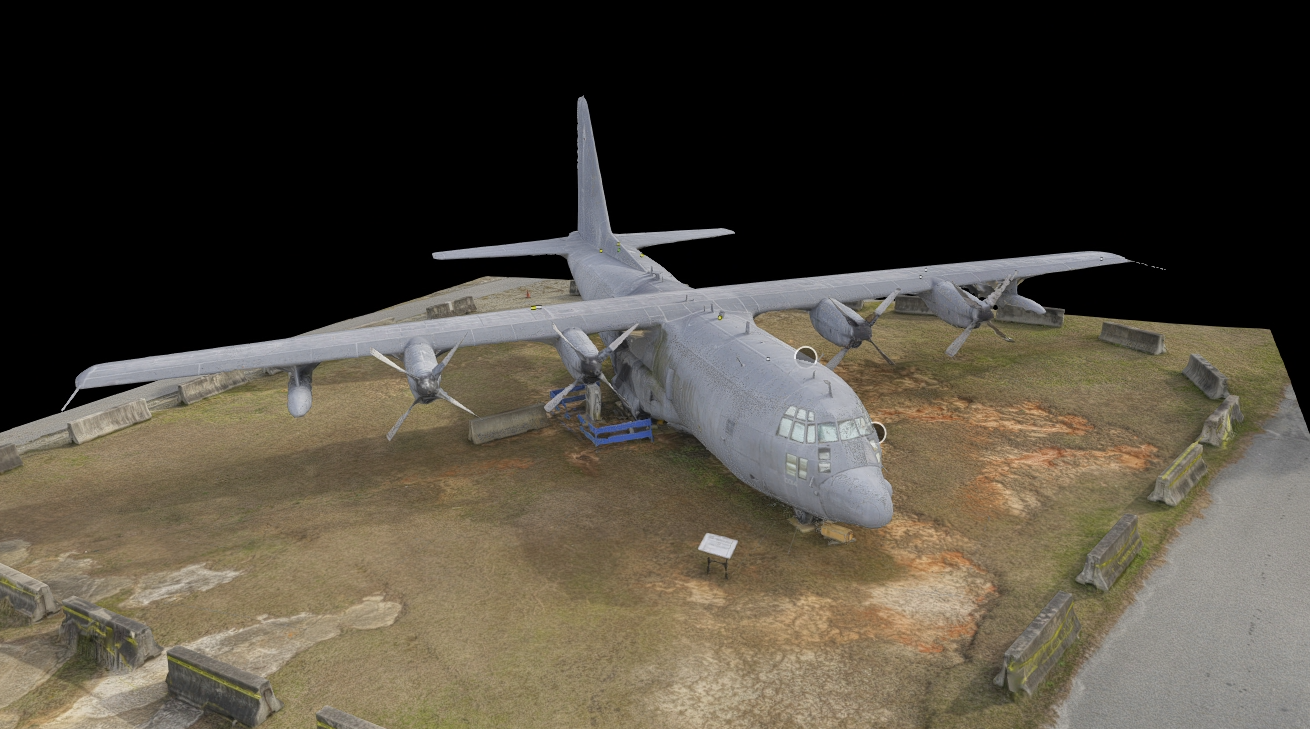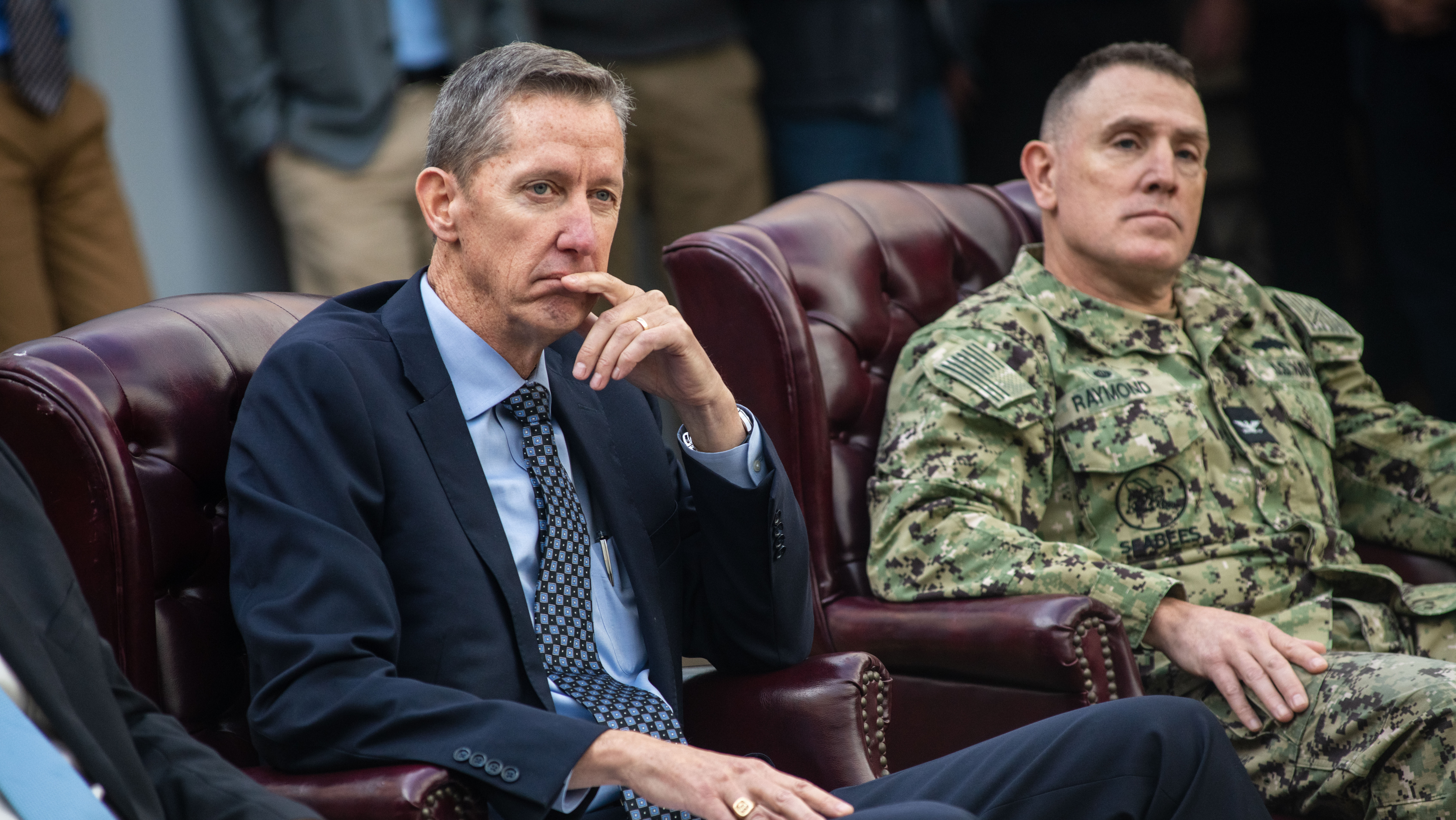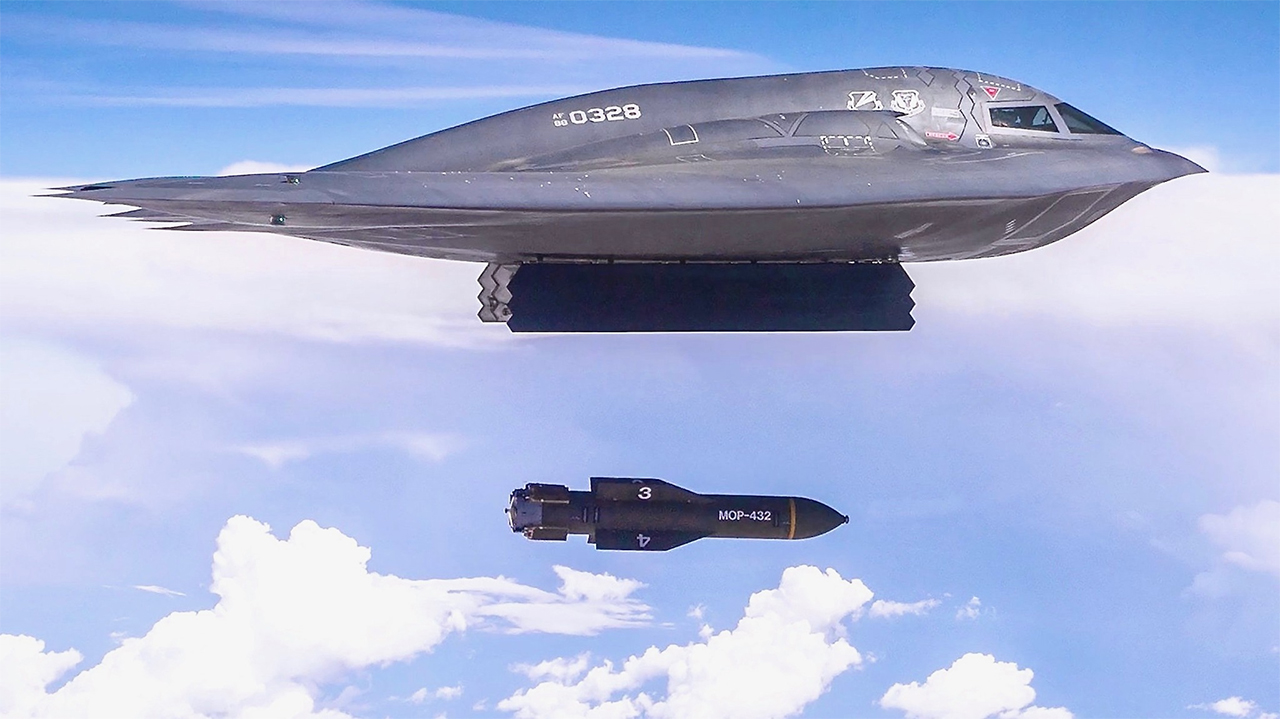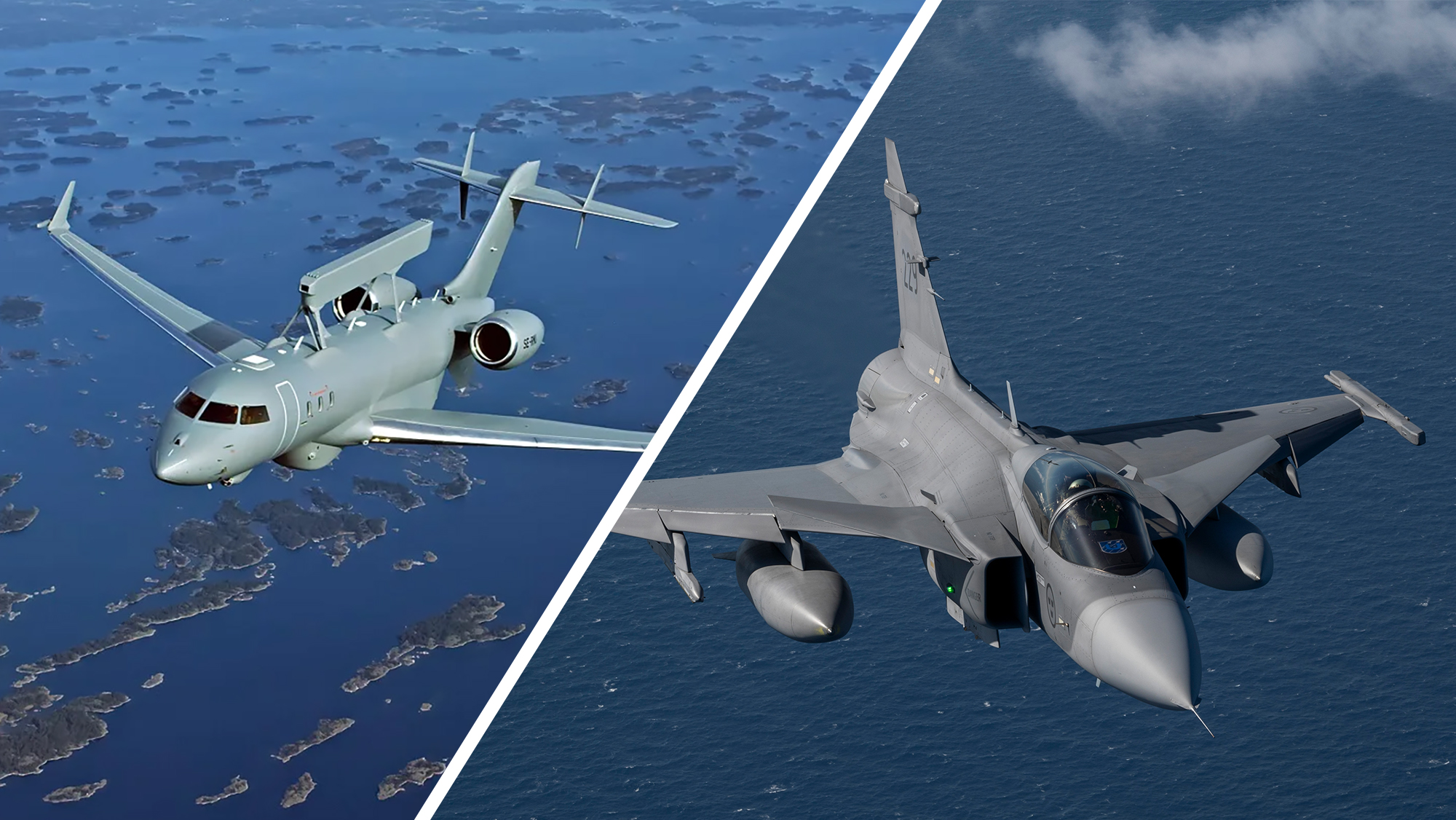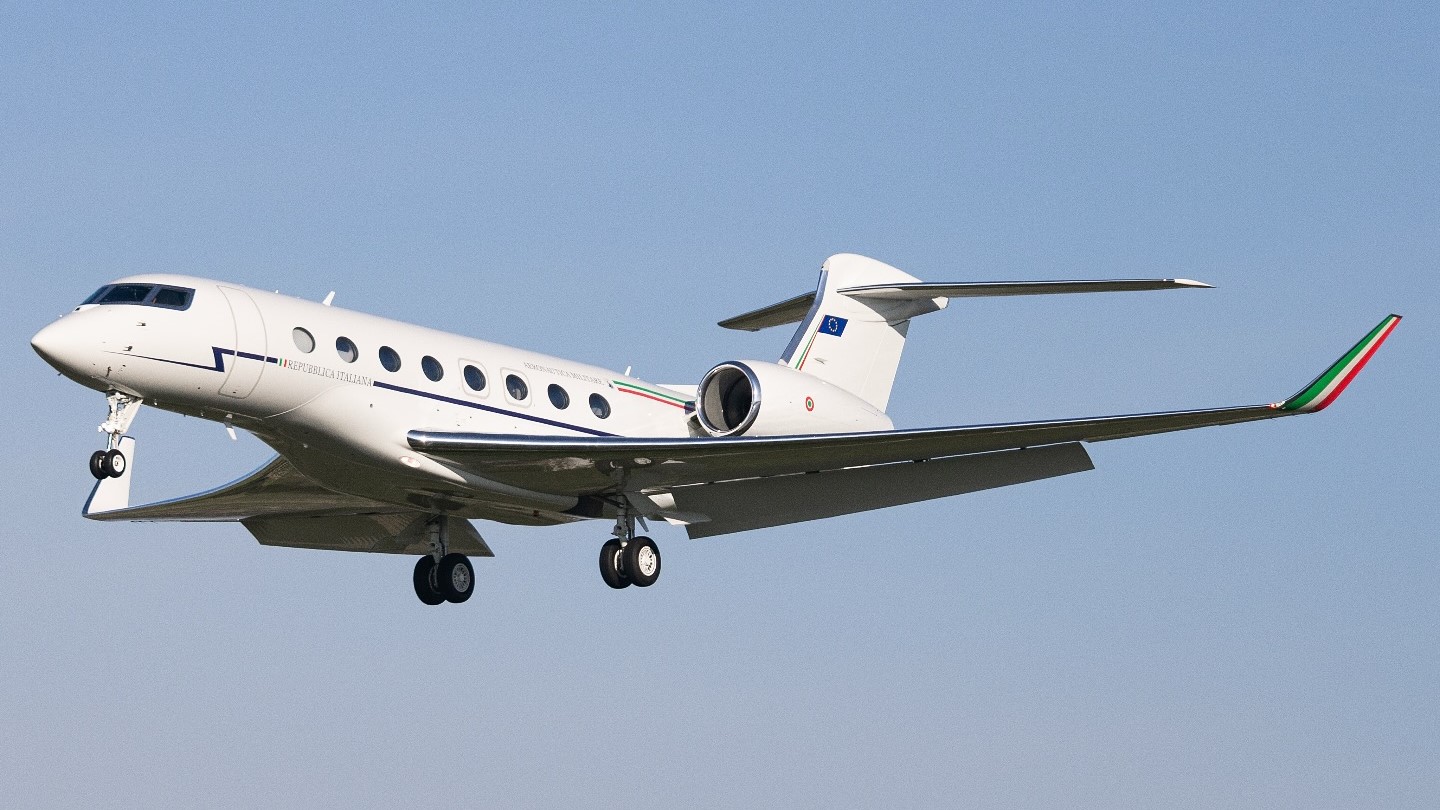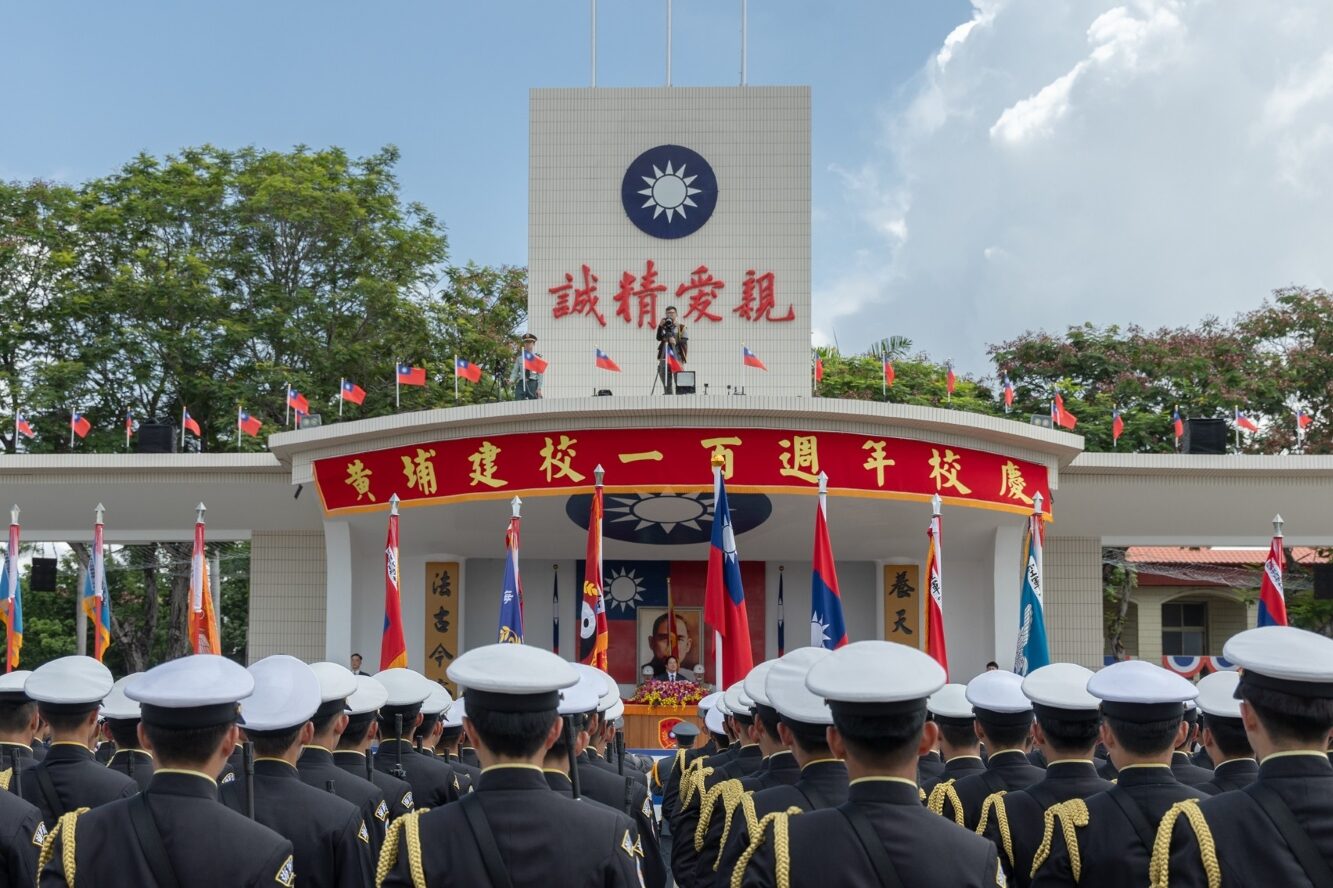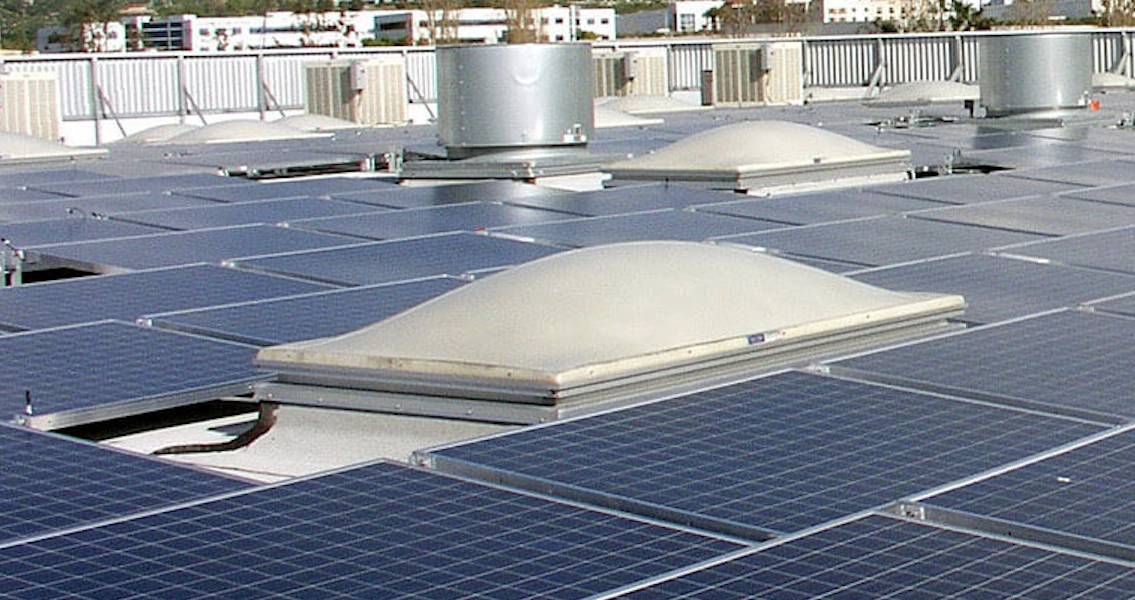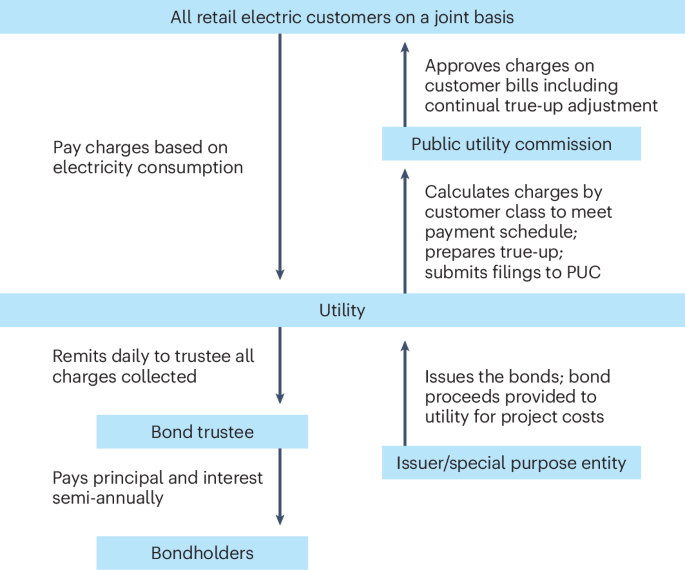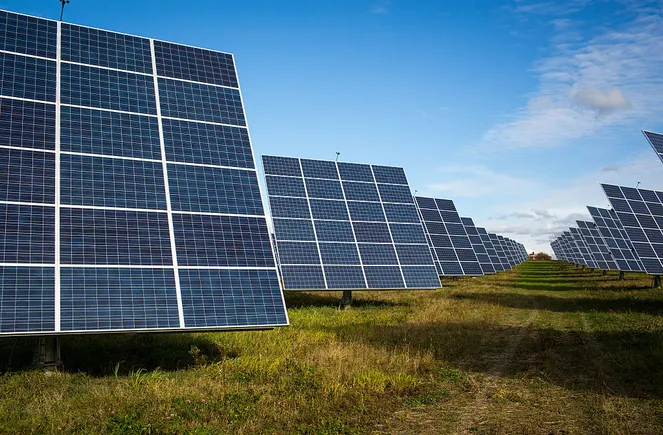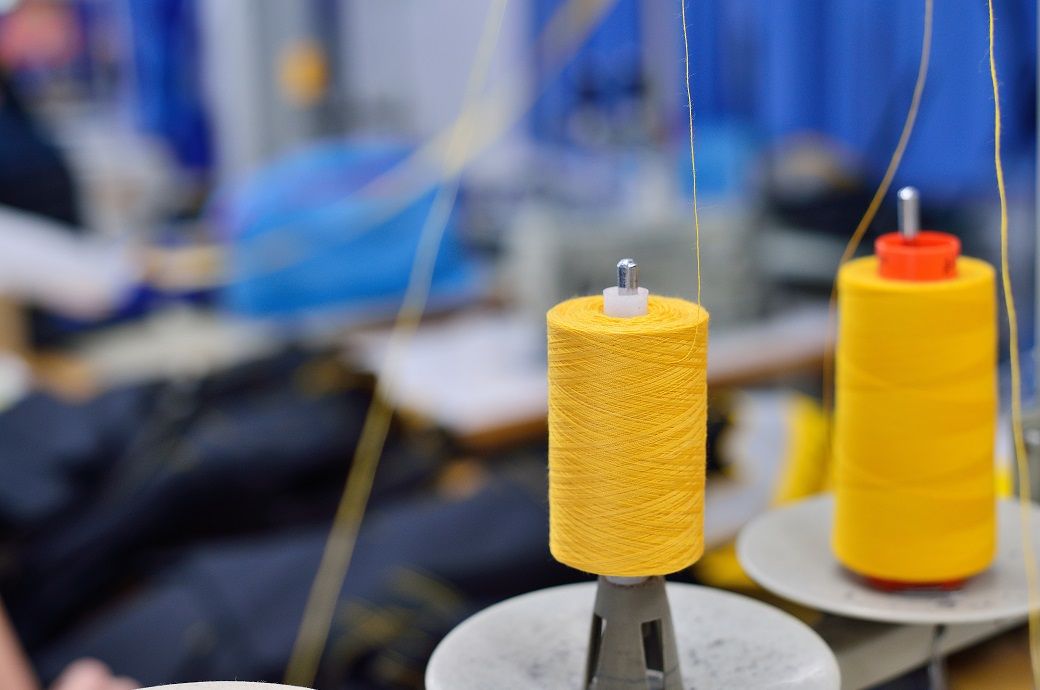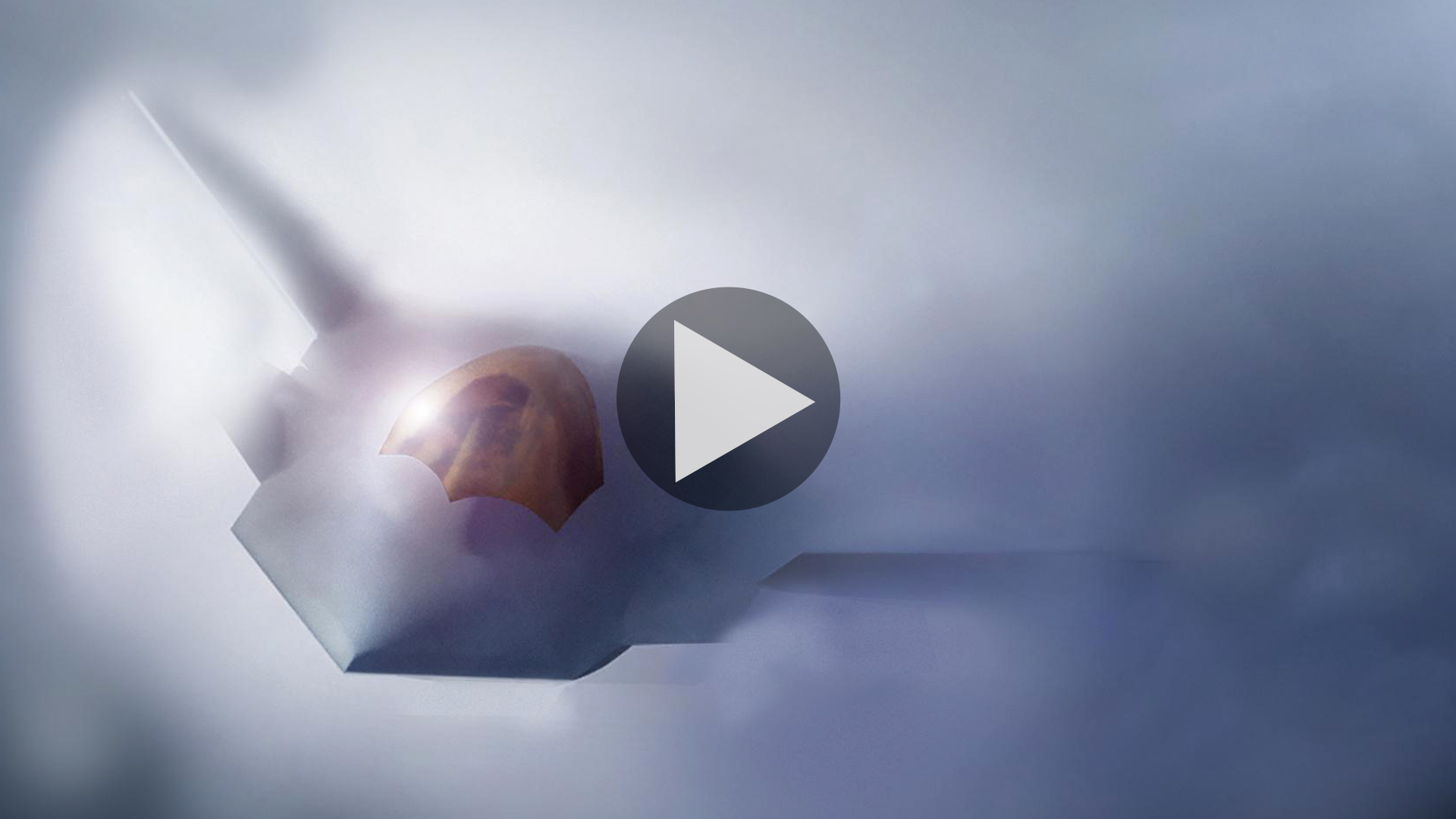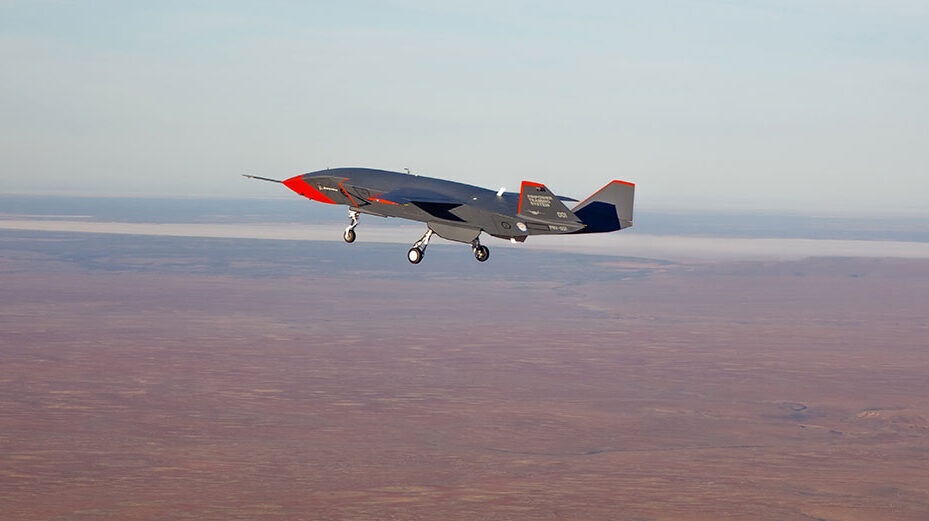Western ‘coalition of the willing’ stumbles on reassurance force troop numbers, timeline
“We are stepping up as one ready to secure Ukraine’s future following any peace deal, we advance the momentum of that planning here today, planning to put Ukraine in [the] strongest possible position to protect its sovereignty and to deter any future Russian aggression,” John Healey, UK defense secretary, said.
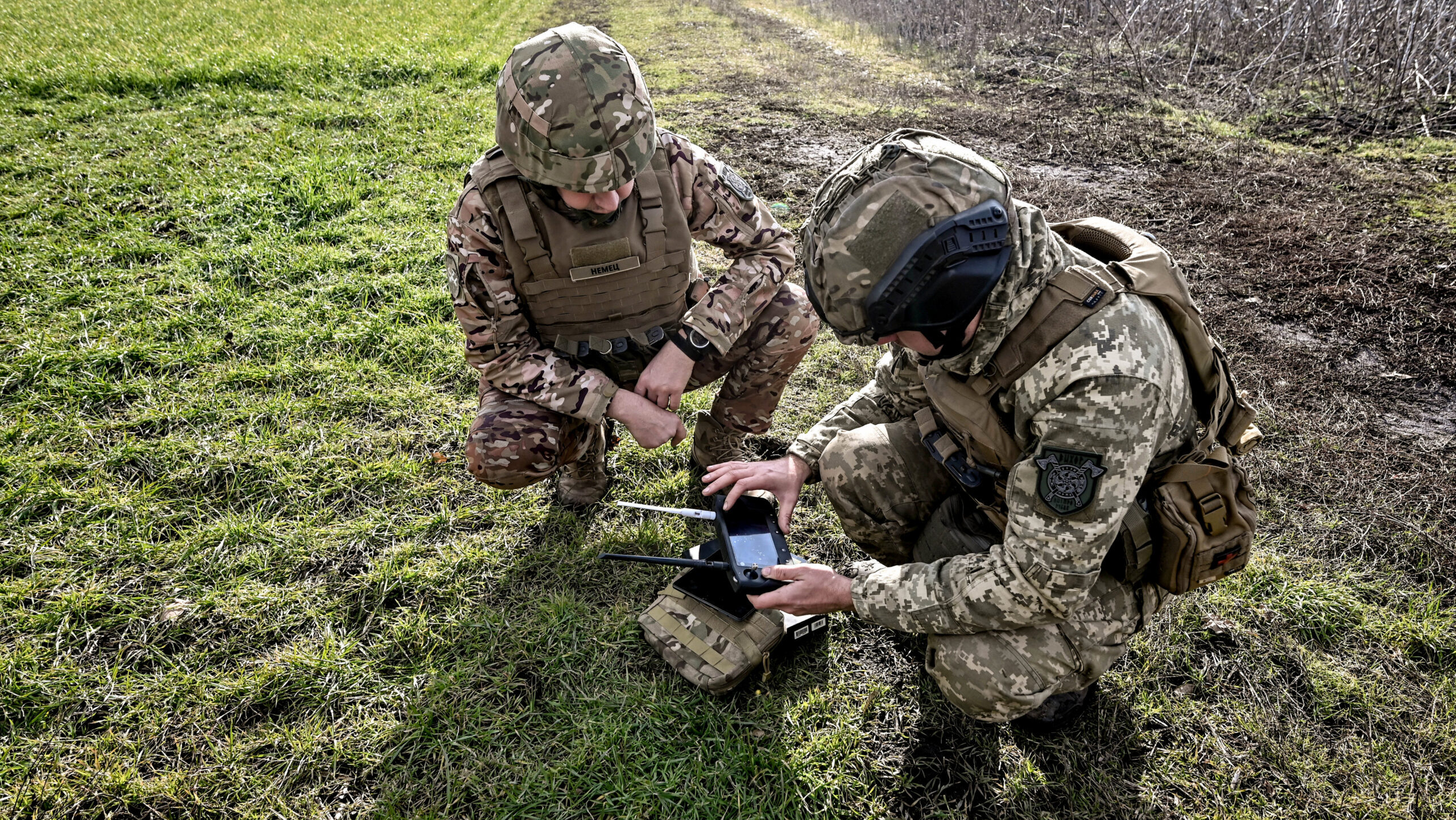

Servicemen of the Vykhor Dnipro unmanned combat aerial complex platoon of the 108th Separate Territorial Defence Brigade show the launch of a Vampire drone, a Ukrainian unmanned combat aerial vehicle (Getty Images)
BELFAST — Despite 30 nations representing the Anglo-French-led “coalition of the willing” meeting at NATO’s headquarters today in a bid to accelerate military planning for a reassurance force in Ukraine, possible troop numbers and a timeline for the force to stand up have still not been shared.
A number of tensions among individual nations are also threatening to derail progress; chief among them is Finland’s push for a US security guarantee, in spite of Washington strongly signaling it has no interest in offering one or contributing to any force that would place American troops on Ukrainian soil.
In opening remarks ahead of the multinational gathering, UK defense secretary John Healey said that the reassurance force “would be a committed and credible security arrangement to ensure that any negotiated peace does bring what President Trump has pledged, a lasting peace for Ukraine,” but failed to disclose any details on when the force could be launched or its likely size.
“We are stepping up as one ready to secure Ukraine’s future following any peace deal, we advance the momentum of that planning here today, planning to put Ukraine in [the] strongest possible position to protect its sovereignty and to deter any future Russian aggression,” Healey added.
There are a number of countries looking into national troops that could be part of the future reassurance force, Latvia’s Minister of Defense Andris Sprūds told reporters during a doorstep address ahead of the meeting, without sharing any nation by name, and declining to comment on a possible reassurance force formation timeline.
More generally, the force has still to be “discussed in detail,” he added, though he hinted that one way Latvia could contribute to it would be through training. “There are several dimensions to it [the reassurance force], but I would not [want to] go too much public before we also make some decisions,” he explained.
Sprūds claimed that there are approximately two million soldiers in Europe but any reassurance force would need to be “tailored” to “concrete circumstances” aligned to terms of ceasefire and peace agreements.
Beyond how security conditions could influence developments, it appears that Finland is wavering on the more fundamental question of whether to contribute at all to the reassurance force.
Offering doorstep comments, Antti Häkkänen, Finland’s defense minister, appeared to suggest that the US holds the key to Helsinki making a decision.
“We think that the United States is a crucial player still in guaranteeing the lasting security, and that’s why we are emphasizing that the United States must be involved in [this] somehow,” he said.
It has been two months since the coalition of the willing was initially floated after French President Emmanuel Macron called an emergency meeting of 11 European leaders in reaction to President Donald Trump holding one-on-one peace negotiations with Russian President Vladimir Putin.
In the interim, Washington’s stance on supporting European-backed efforts focused on renewing military aid for Ukraine has only hardened. US Secretary of Defense Pete Hegseth, along with other senior US senior officials, will play no part in tomorrow’s Ukraine Defense Contact Group meeting involving around 50 countries, reported Defense News.
Sweden’s Defense Minister Pal Jonson, also providing doorstep comments ahead of the coalition of the willing meeting, said that it would be “important” to understand how the reassurance force could potentially impact NATO “defense and deterrence” activities before committing to it.
“I don’t exclude the possibility that Sweden is going to participate [in the reassurance force] but there’s a number of questions that we need to get clarified,” he added.
Last month, analysts from the UK based International Institute for Strategic Studies proposed three options for a reassurance force. They recommended either a “small-scale” force headed by a brigade of 10,000 ground based troops with a “limited air component” and naval resources; a “medium scale” derivative backed by a 25,000-troop strong large division and scaled up air and maritime equipment or the more ambitious “large scale” option comprising of up to 100,000 soldiers and “substantial” air and sea support.










